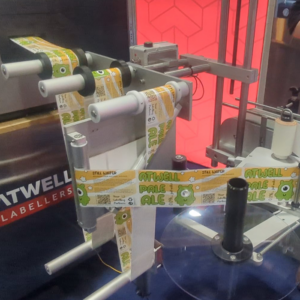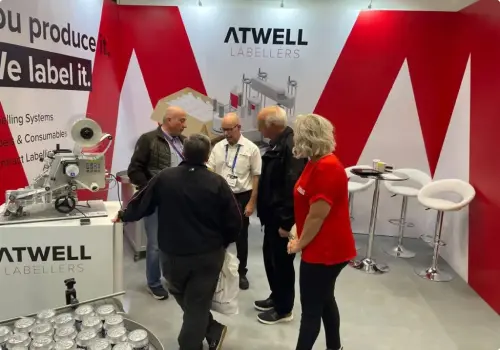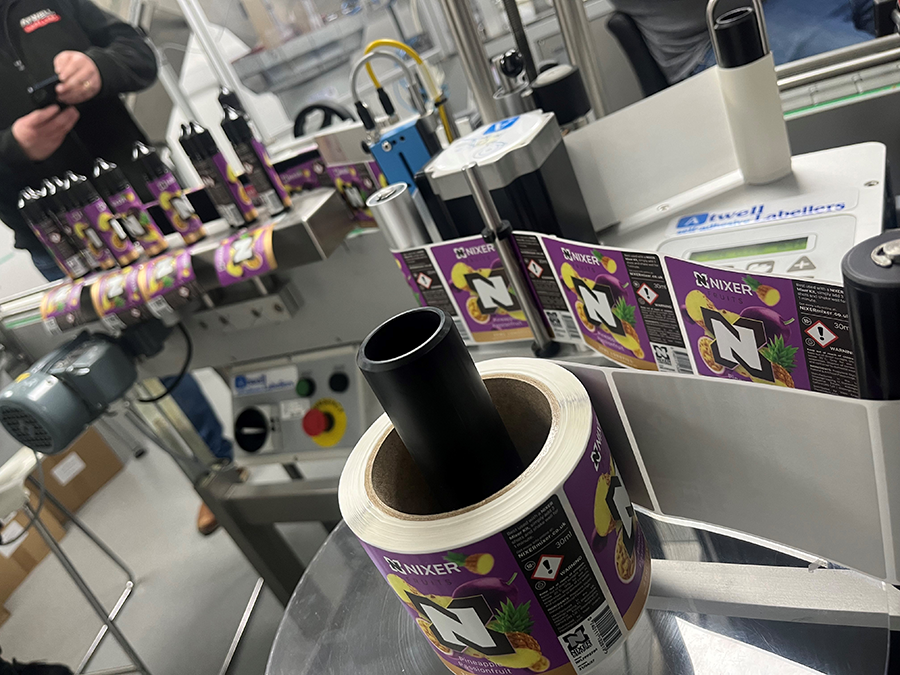The Ultimate Guide To Labelling Types
Labels come in a lot of different types, shapes and sizes, each of which comes with its own challenges when it comes to choosing and installing a labelling machine. In our ultimate guide to labelling types, we’re going to cover the most common types of labels as well as some of the benefits and drawbacks.
Label Type
The type of label that’s used on your packaging can be a crucial decision to make. The label type that is best suited to your product will depend on the product size, storage conditions and production process. There are a few main types of labels which our labelling machines offer;
• Pressure-Sensitive Labels: Pressure-sensitive labelling is the most common form of labelling and also the type that most of our machines use. Pressure-sensitive labelling works much like a sticker, with the label being stuck to the packaging by the machine. Different types of pressure-sensitive labels can be used, with varying strengths of adhesives, different sizes, and various colours being possible.
• Thermal And Thermal Transfer Labels: Both thermal labelling and thermal transfer labelling use heat to create the label. The main difference is that the former uses heat to print the text by changing the colour. This is a relatively simple process but does leave the label vulnerable to temperature changes or light. Thermal transfer labels are far more durable and maintain their appearance better when exposed to light and heat. Thermal transfer labels melt ink into the label, creating superior durability to regular thermal labels.
Label Positioning
Where the label is applied to the product also has a significant impact on the labelling machine you use. There are many different packaging shapes and sizes, which means there are many other positions where the label may need to go. Each one comes with its own advantages and difficulties;
• Patch vs Wraparound Labelling: On cylindrical packaging, either patch or wraparound labelling is most common. The cylindrical shape comes with various challenges when it comes to automation since it’s not as easy as just sticking the label on. This is especially true for wraparound labelling since the packaging has to spin around to apply the label. We have labelling machines for both patch and wraparound labelling available in both automatic and semi-automatic forms.
• One-sided vs Two-sided Labelling: Simple one-sided labelling is straightforward to automate, and it is one of the most common labels used due to the lower price. However, two-sided labelling is used a lot on bottles and is slightly more complicated. All of our labelling machines work for one-sided labelling, but we also stock a select few machines with specialised two-sided labelling capabilities. By labelling both sides at once, you can speed up the packaging process and improve efficiency.
Although there are many more types of labels and positioning possibilities, these are some of the most common options for businesses. If you’re looking for a specific labelling solution that isn’t covered above, take a look at our product range to see if we have a solution for you.
Can we help you?
Technical Helpline
Contact by Telephone:
+44 (0)1444 237 804



